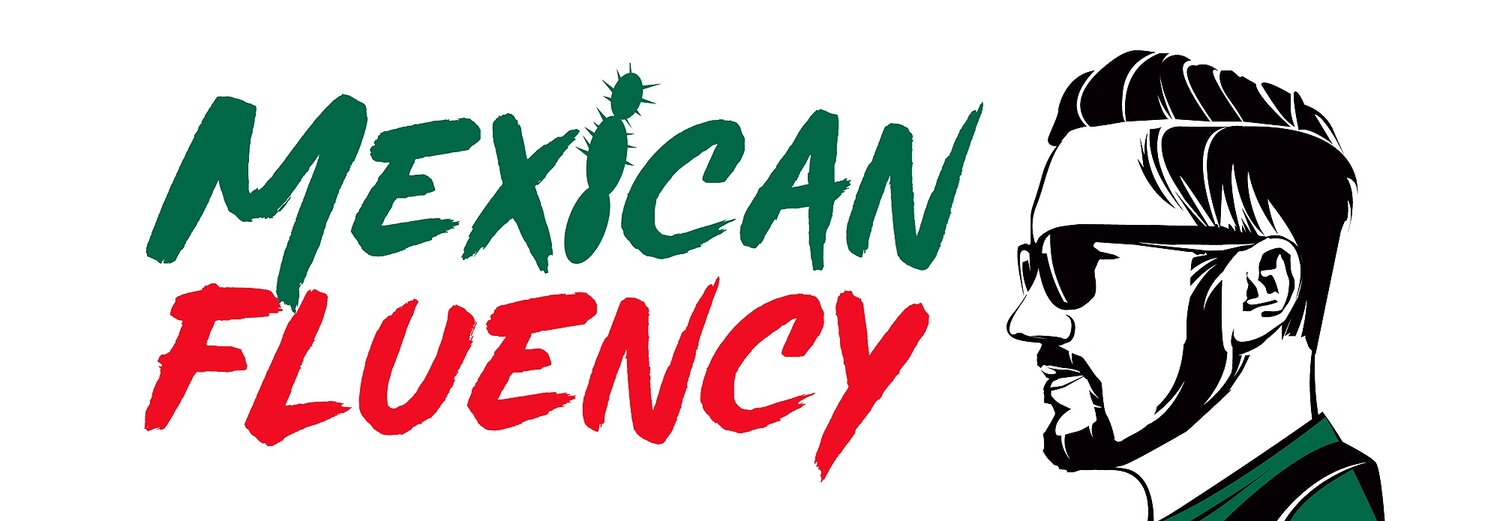How to Start Learning Spanish: The Simple Cycle of Fluency
Learning Spanish can seem like a daunting task, but it doesn’t have to be.
At its core, the process is surprisingly simple—it’s all about following a cycle.
Think of language learning as a loop where each stage builds on the previous one. By staying consistent and repeating this cycle, you’ll not only make progress but also keep yourself motivated throughout the journey.
Oh, and before we dive in, if you’re just starting out, make sure to check out my brand-new YouTube channel, podcast, and social media, @TheSpanishWhiteboard. Let me drop my links below!
I go into depth on beginner-friendly Spanish topics like this one, providing tips, lessons, and resources to help you succeed.
Let’s break down the simple, repeatable cycle of fluency:
1. Motivation: The Fuel for the Journey
Motivation is the foundation of learning Spanish. As an adult learner, your motivation will determine how far you go. Without it, pushing through the challenges and staying on track is almost impossible.
So, start by asking yourself: Why do I want to learn Spanish?
Is it for travel? A job opportunity? A girl/guy?
To connect with family or friends?
Whatever your reason, keep it front and center as you progress.
Motivation isn’t just something that happens—it’s something you actively cultivate. Celebrate small victories, like understanding a new word in a song or being able to order food in Spanish. These moments will keep you going when the learning gets tough.
2. Listen: Immerse Yourself in Spanish
The next step is listening—lots and lots of listening. Think about how children learn their first language. They hear it for thousands of hours before they even attempt to speak.
As an adult, you’re essentially doing the same thing. To become fluent, you need to mimic Spanish's sounds, rhythms, and patterns.
Here’s a pro tip: stick to one country’s Spanish when you’re starting out.
For example, if you’re learning Mexican Spanish, focus on Mexican podcasts, TV shows, YouTube channels, and music. This consistency will help you absorb the vocabulary, pronunciation, and slang specific to that dialect.
And don’t worry if you don’t understand everything at first—that’s normal!
The goal is to train your ear to recognize the language, which takes hundreds of hours of exposure. Over time, you’ll start to pick up on words and phrases naturally.
3. Build a Vocabulary (Lexicon): Words, Expressions, and Grammar
Once you’ve immersed yourself in listening, it’s time to start building your vocabulary or lexicon. This includes individual words and the expressions, grammar, and sentence structures you’ll need to communicate effectively.
Start small and practical:
• Common Words: Focus on the most frequently used words in Spanish.
• Useful Phrases: Learn everyday phrases you’ll actually use, like greetings, directions, and ordering food.
• Grammar and Verbs: Understand the basics of verb conjugations, sentence structures, and essential grammar points.
You don’t need to know everything right away. Start with what you’ll use the most and build from there. Remember, this is a cycle—you’ll revisit and expand your vocabulary continuously.
4. Speak, Make Mistakes, and Try Again
Now comes the part that scares most learners: speaking. But here’s the thing—you can’t wait until you feel “ready” to speak, because you’ll never truly feel ready. The best way to improve is to just start talking.
Find a conversation partner, tutor, or language exchange buddy and put your skills into practice. Don’t be afraid to make mistakes—that’s where the real learning happens!
You’ll better understand how the language works each time you mess up. The more you speak, the more confident you’ll become.
5. Stay Motivated and Repeat the Cycle
Once you’ve gone through the cycle, guess what? You’re not done—you’re just getting started. Motivation is the thread that ties everything together, and you’ll need it to keep going. Go back to your reason for learning Spanish, set new goals, and repeat the process: listen more, expand your vocabulary, and speak again. Each time you complete the cycle, you’ll get better and better.
Final Thoughts
Learning Spanish doesn’t have to be complicated. It’s as simple as following this cycle: stay motivated, listen, build your vocabulary, and speak. Repeat this process, and you’ll be amazed at how much progress you can make over time.
If you’re looking for more beginner-friendly advice, make sure to follow me on YouTube, my podcast, and social media at @TheSpanishWhiteboard.
I dive deeper into this and many other topics to help you on your Spanish journey. And if you’re ready to take your learning to the next level, head over to MexicanFluency.com.
Join one of my courses today, and let me help you achieve fluency step by step.
¡Nos vemos pronto!
